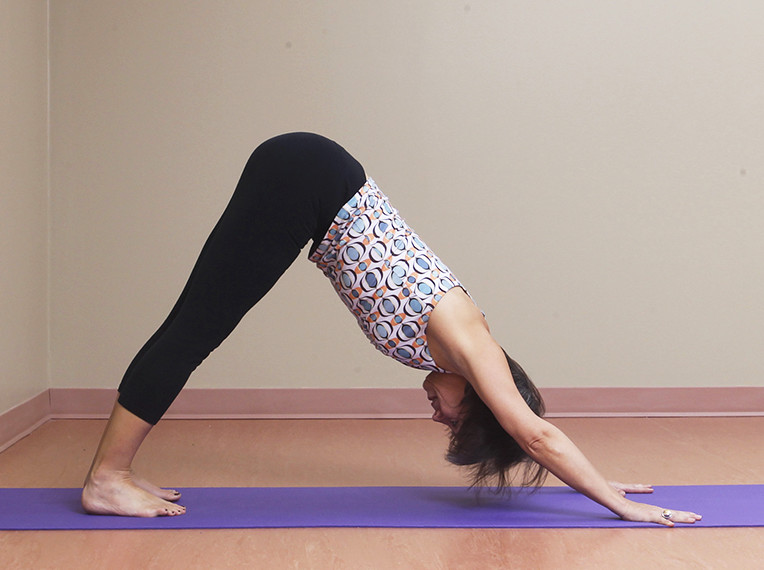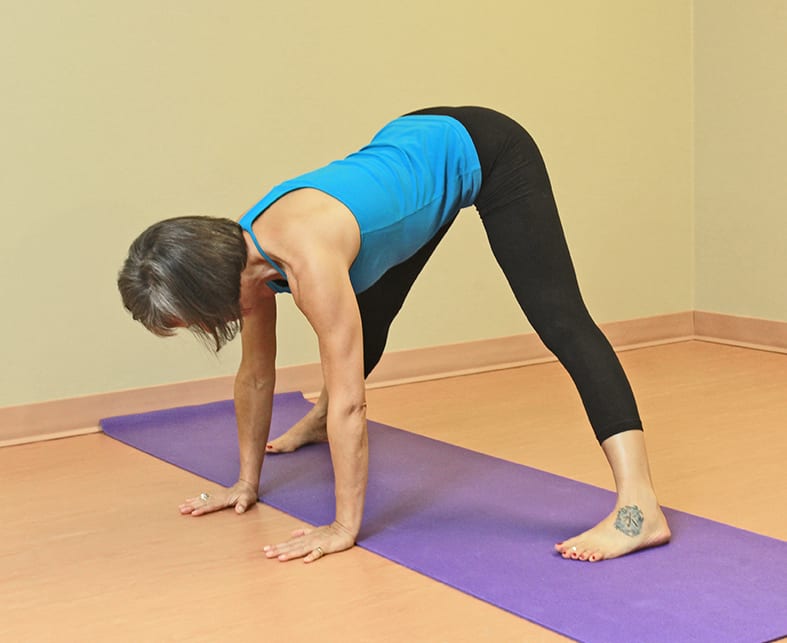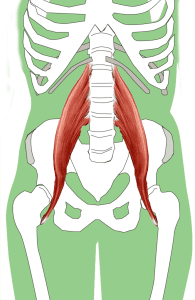For many decades, a typical measure of health has been the ability to touch our toes. Why? Long and strong psoas muscles, indicators of physical well-being, allow us to tilt our pelvis forward.
The psoas, often called the muscles of the soul, are also our body’s emotional barometer. These major flexors of the torso register our hard-wired stress response to daily events (fight or flight) as an internal muscular contraction along the lumbar spine. On the outside, this might take the protective form of contracting into the fetal position from tightening the stomach, hunching the shoulders and sinking the heart.
As its primary physical function, the psoas are the only muscles connecting our legs to our spine. Psoas muscles attach to the spine at the same location as our respiratory diaphragm (breathing muscle). Thus, when we hold physical tension and emotional anxiety in our psoas, our ability to breathe deeply and evenly is impaired.
Psoas tightness and tension is further exacerbated by prolonged sitting in car seats and chairs as well as by constrictive clothing and shoes. Fortunately, healthy psoas enhance our mobility, structural balance, joint function, flexibility and digestion while preventing hip, back and knee pain.
The following yoga asanas are designed to release tension in the psoas and bring the body back to physical and psychological well being. Use the pictured yoga in these poses to create healthy psoas.
Action:
Tilt the pelvis forward from the hip crease (where the legs attach to the pelvis) rather than by bending at the waist.
For more advanced practitioners, maintain the above action and scoop the lower abdomen (area of the mid psoas) back toward the sacrum and up toward the rib cage.
Psoas Muscles (in red)

Adho Mukha Svanasana (Downward-Facing Dog)
Begin on all fours with knees under your hips and hands slightly ahead of your shoulders. Tuck your toes under. Press into your hands and feet, straighten your legs and arms. Find the fold at the hip crease and the lift of the pelvis with the scooping action.

Uttanasana (Standing Forward Bend)
Stand tall and centred on your feet (Tadasana). Keep your legs and back straight as you fold at the hip crease. Rest your hands on blocks, the floor or your legs.

Ardha Prasarita Padottanasana (Wide-Legged Standing Half Forward Bend)
Begin standing tall with feet wide distance apart. Fold forward at the hip crease and rest your hands on the floor or blocks.
For more information, refer to Creating Space: Yoga Actions for Pelvis & Psoas.





